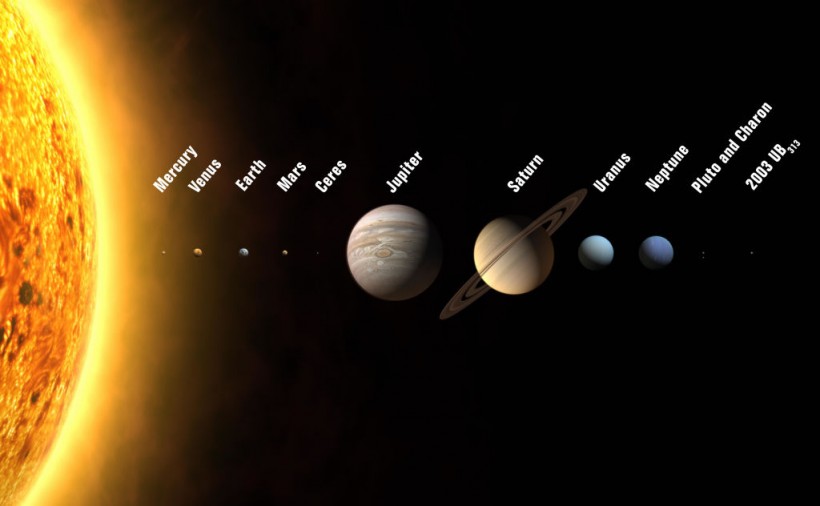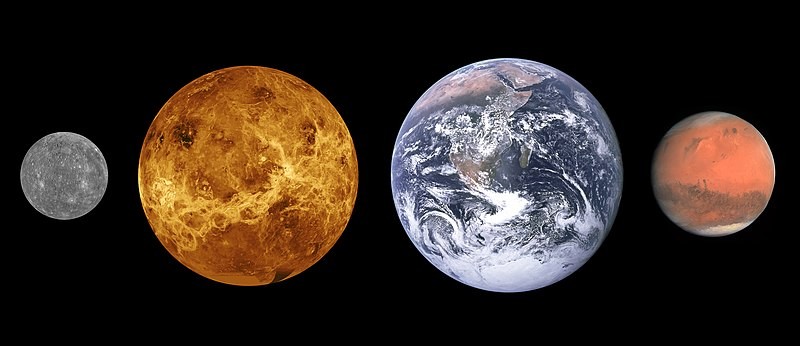A unique planetary alignment that won't happen again for almost two decades has formed in the night sky, and while it will be visible until the end of June, it may be difficult to see and require considerable sleep loss.

Mercury, Venus, Mars, Jupiter, and Saturn have formed a planetary parade in the early morning sky, visible above the eastern horizon every morning until the end of June. Early risers will have lots of opportunities to take in the splendor of the planetary quintet during this long-lasting spectacle.
Nearly Two Decades Ago
According to Sky & Telescope magazine, the last time all five of these planets were visible in the night sky at the same time was in 2004, the same year that Facebook was founded and three years before the first iPhone was introduced.
Even if the weather is ideal, it may be impossible to view all five of this month's unusual gathering of planets without a telescope.
Until the end of the month, the planets may be seen best 45-60 minutes before dawn on cloudless mornings. Because June has some of the earliest sunrises of the year, this means getting outside before 5 a.m. local time to gaze up at the sky.
Because of its near closeness to the sun, Mercury is the most difficult of the planets to view with the naked eye. Because the tiny planet will remain low on the horizon, spotting it will need an unobstructed view of the eastern horizon, as trees, buildings, and mountains may all get in the way.
Venus will act as a spotting aid for Mercury, shining brighter and appearing slightly above and to the right of the sun's nearest neighbor. Because they will be higher in the sky, Mars, Jupiter, and Saturn will be much simpler to spot.
Also Read: Twisted Magnetic Field Turns Out to Have Been from a Star Hiding in Deep Space
Planetary Alignment

The five planets will seem straight across the sky, but this is only how they appear from Earth's perspective. The planets are widely scattered around the solar system.
The five planets will be visible for the whole second half of June, but the optimum time to gaze up will be three days after the summer solstice at 5:13 a.m. Tuesday, June 21 (EDT).
Before dawn on Friday, June 24, the crescent moon will align precisely with the planets, blazing squarely between Mars and Venus. Photographers may find June 24 the greatest morning to snap photographs of celestial objects due to the moon's positioning.
Several photographers have already snapped photographs of the alignment before the moon's early-morning arrival in late June.
As June draws to a close and the calendar turns to July, the planets will continue to drift apart, with Mercury disappearing entirely from the morning sky.
Throughout July, Venus, Mars, Jupiter, and Saturn will be conspicuous pre-dawn planets, though the foursome will move more apart as the month unfolds.
When Will They Realign Again?
From Earth's perspective, Mercury, Venus, Mars, Jupiter, and Saturn will not appear in this order again until August 2040, albeit it will not be quite as spectacular. The five planets will come closer together in 2040, but because Mercury will be closer to the sun, it will be much more difficult to notice than this year's alignment.
Related Article: Remnants of a Comet that Exploded in 2007 Will Reach the Earth
© 2024 NatureWorldNews.com All rights reserved. Do not reproduce without permission.

![Tsunami Hazard Zones: New US Map Shows Places at Risk of Flooding and Tsunamis Amid Rising Sea Levels [NOAA]](https://1471793142.rsc.cdn77.org/data/thumbs/full/70325/280/157/50/40/tsunami-hazard-zones-new-us-map-shows-places-at-risk-of-flooding-and-tsunamis-amid-rising-sea-levels-noaa.jpg)



